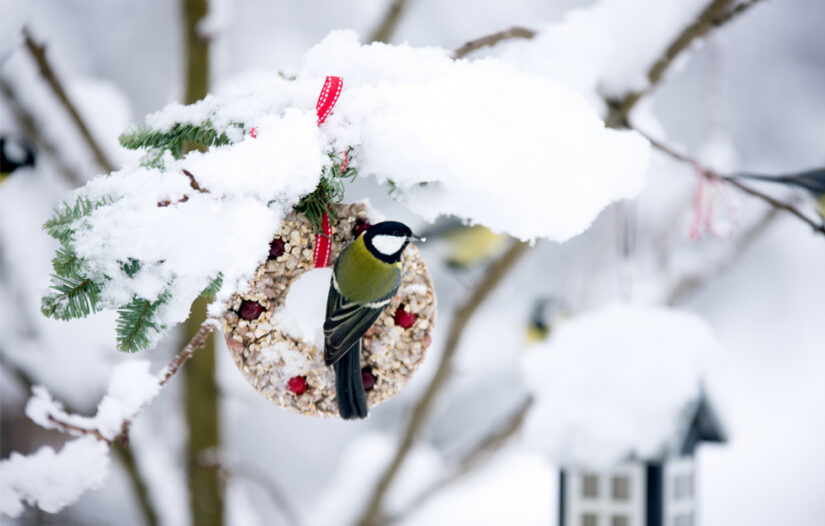 Shutterstock©
Shutterstock©For Scots, New Year’s Eve comes with its own traditions and meaning. Let’s take a look at the history of Hogmanay.
Although the exact point Hogmanay reached Scotland is unclear, it’s thought the Vikings had something to do with it. As with many northern cultures, they placed particular emphasis on the time around the winter solstice and threw celebrations to mark the passing of the darkest day. Around the 8th or 9th century, they were especially influential around the coast of Scotland.

Shutterstock.
The Protestant Church in Scotland once banned Christmas in the 17th century. Although the ban was lifted within the same century, celebration of the event was always low-key. It wasn’t until 1958 it became a public holiday. Hence a lot of emphasis was placed on the New Year’s Eve celebrations as the only legitimate winter party!
Hogmanay traditions
- First-footing is one of the most famous traditions. Visiting loved ones and being the first to cross over the threshold in the new year carries special meaning. Bringing a gift is important, and a tall, dark-haired handsome man is supposed to be a good omen for the year ahead! Perhaps because a tall blonde man at your door was probably a Viking and not quite as welcome!
- A fresh start is important, so cleaning the house and clearing debts should be done by midnight.
- There’s some disagreement, but the word “hogmanay” itself could refer to sticks covered in animal hide that were set alight. These were considered effective at warding off evil spirits. Fire has long been thought of as good at this, which explains the prevalence of fire-related events on Hogmanay. There are many celebrations on December 31 around Scotland, with one of the most famous being the Stonehaven Fireballs ceremony.

Photo by Kieran Dodds/Shutterstock
- Robert Burns’ poem “Auld Lang Syne” (meaning “for old time’s sake” or just “days gone by”) is sung around the world at the ringing of the midnight bells. The words date from 1788, but the tune itself was composed 80 years earlier!
- Edinburgh’s world-famous celebrations began in 1993. Thousands now fill the streets, and folk world-wide watch the stunning firework display as it unfolds over historic Edinburgh Castle.

Shutterstock
Happy Hogmanay and Happy New Year from all of us at the “Friend”!
Read Fiction Ed Lucy’s blog about the story of the Advent wreath.




